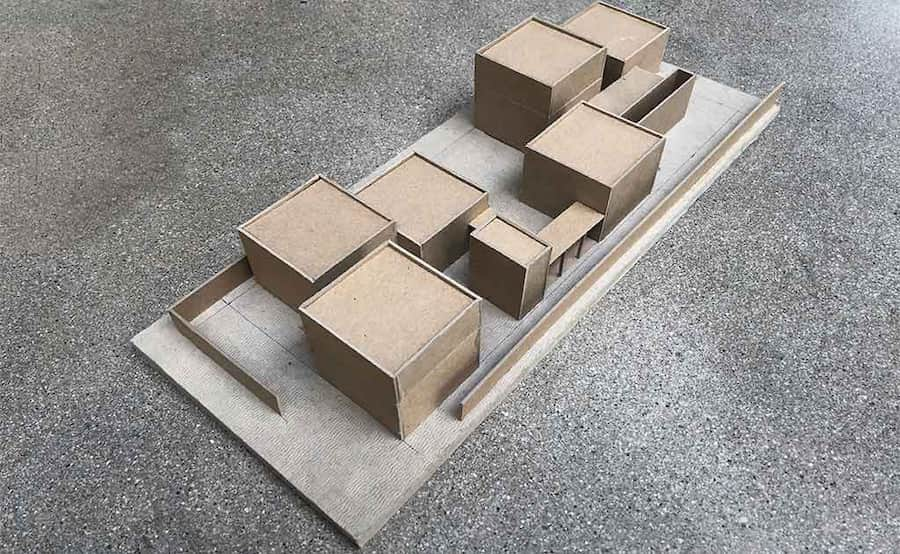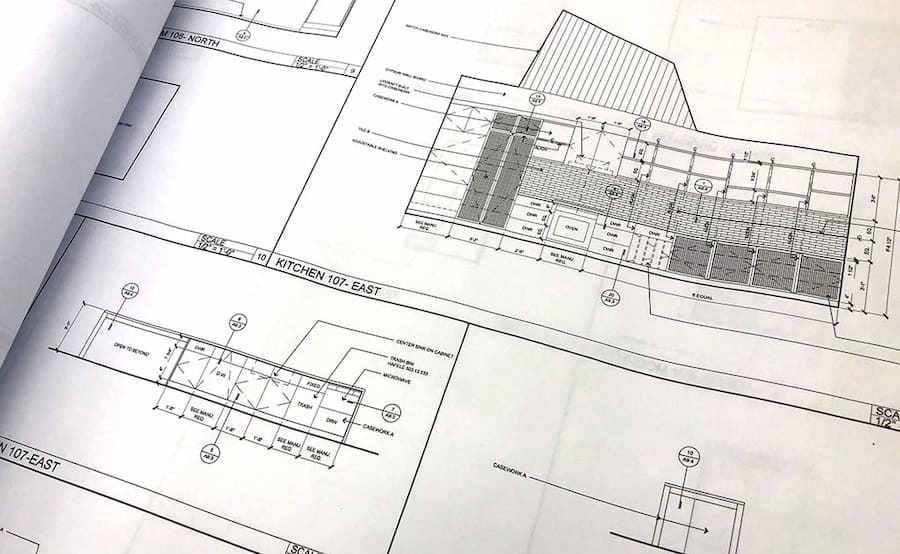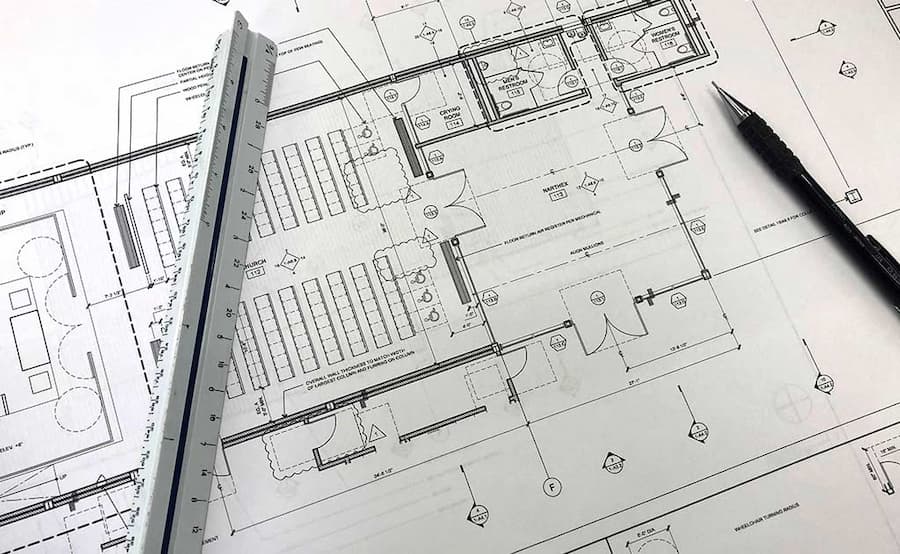A Step-by-Step Look at the Architecture Design Process
Before you begin planning your home design or remodel project, it can be helpful to understand the different steps involved in the architectural design process. This will empower you to plan for everything that will be involved, and will also allow you to have a better concept of what the schedule for your project will look like.
In short, the process of designing an architectural project can be thought of as being very similar to a funnel. You and your architect will first start with the big ideas that will form the basis of your entire project—how you plan to use your home, how you want your home to make you feel, etc.—and then get more and more specific as you move further into the design work.
Below is an overview of the key stages that are commonly found in architectural projects. The specific phases or stages of your project may vary slightly depending on your particular needs.
The Residential Architecture Design Process
1. Pre-Design
Pre-design refers to the fact gathering stage. This is where your architect will seek to understand your desires and goals for the project and then create a scope and program that will guide it. A site survey and zoning study, if required, should take place during this phase.

2. Schematic Design
In the schematic design phase, the architect should have a clear idea of what you are trying to achieve in the project, and will use this understanding to lay out the general moves for the structure. How will the structure be massed? How many stories will be involved? Will the bedrooms be located on the first floor or the second floor? The idea is to understand how the spaces will relate to each other and how the structure will relate to its site, before diving into the specific design.

3. Design Development
During design development, the client and architect will have settled on the general layout of the project, and with that layout determined the architect will move on to design more specific areas and items.
This will include virtually all of the “design” decisions for the project, including the layout, material selection, appliance selection, and lighting considerations for major rooms such as the kitchen, bathroom, living spaces, and bedrooms. It will also include selecting a window and door manufacturer, finalizing the interior and exterior material palette, selecting hardwood (such as cabinets or flooring), proposing the electrical layout of the house, and more.
This is the phase where the project really “comes to life” and begins adding in enough detail to begin making important decisions. At each phase in the process, the client will sign off on the design to ensure that they are happy with it and also to reduce the need for major revisions later.

4. Construction Documents
In the construction documentation phase, the architect will prepare the technical drawings that the contractor will use to bid and ultimately build the project. This will include all construction documents and a specification book.
The permitting of the project can start at various parts along the process. The client and architect should discuss the pros and cons of when to submit along with the client level of comfort possible city changes. Permitting comes somewhere between design dev and construction docs.
5. Bidding
In the bidding phase, you will select one or multiple contractors for your project. You can do this on your own if you wish, but many architects are happy to assist you in obtaining and reviewing bids. At this point in the project, all major decisions have been made, and the details have been settled, ensuring that the documents given to the contractor are final.
6. Construction Administration
While construction is actually taking place, the architect will usually play a role as an observer of the process. Typically, this means they are there to help solve problems or challenges that may arise during construction, or to generally assist in getting a high-quality final project. This will often involve answering questions, thinking through challenges, and generally advising the process.
It’s About a Partnership
Finally, it’s important to note that any architect worth their weight in salt will feel just as strongly about the success of your project as you will. With this in mind, your project should feel like a partnership. If you begin working with an architect and find that you do not feel respected or in control, then it may be time to consider finding a new architect who will take just as much pride in the work as you will in your eventual home.




